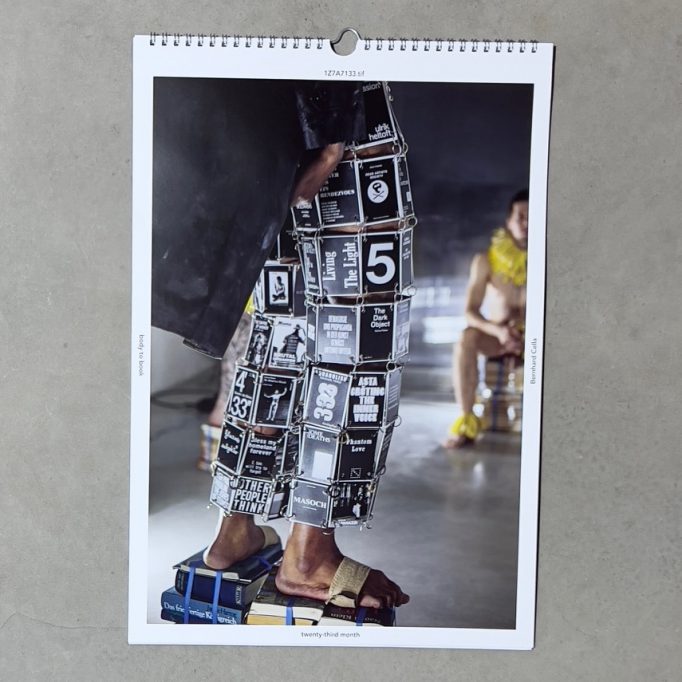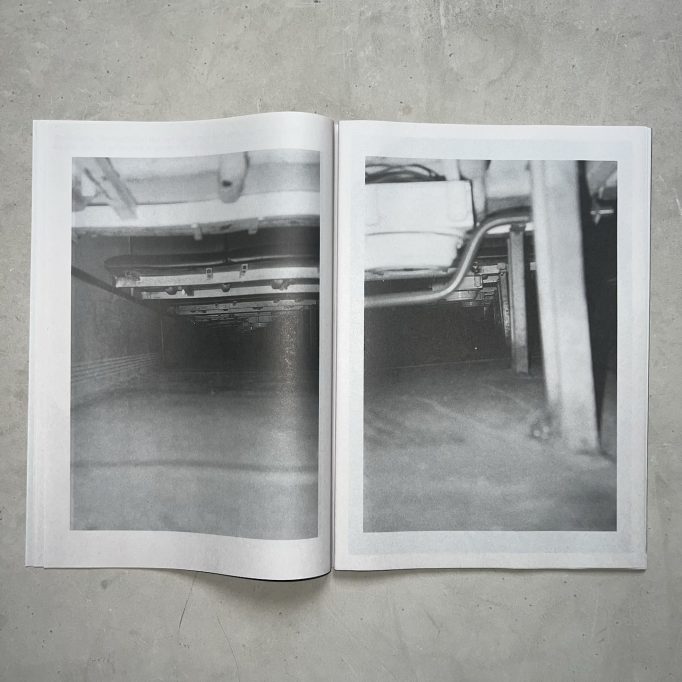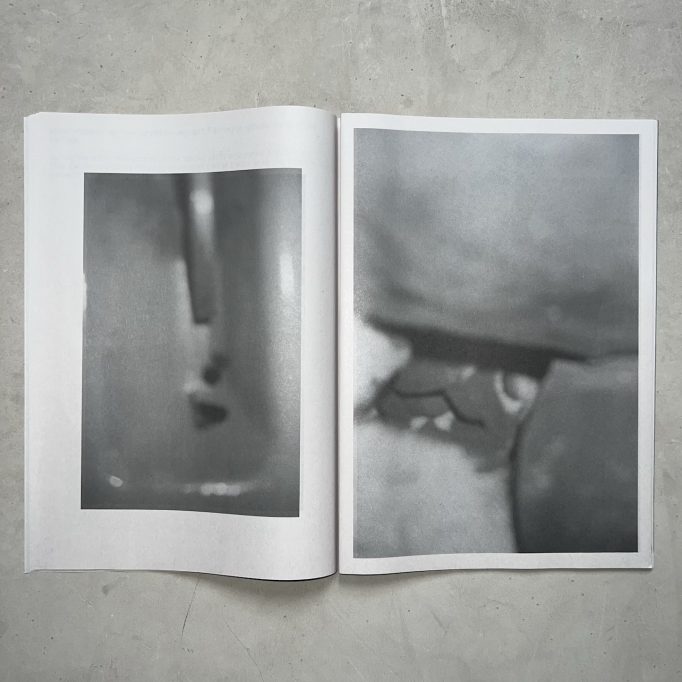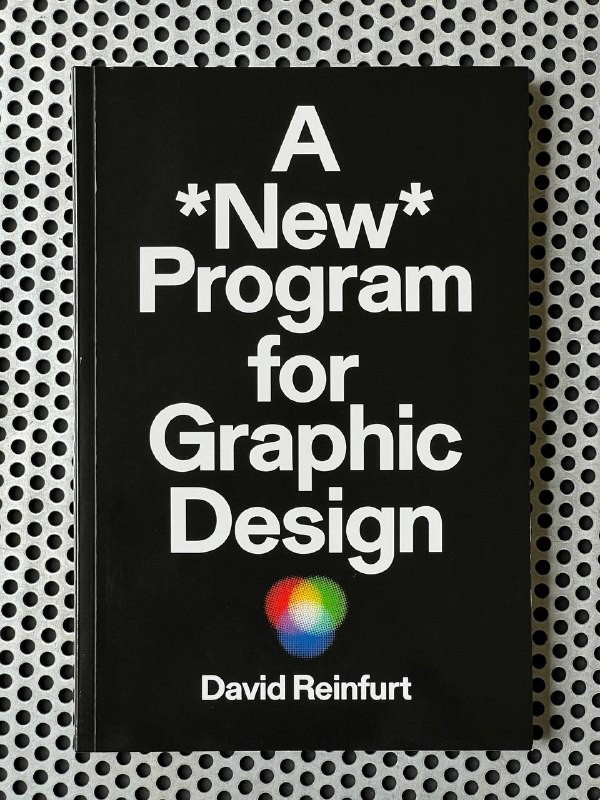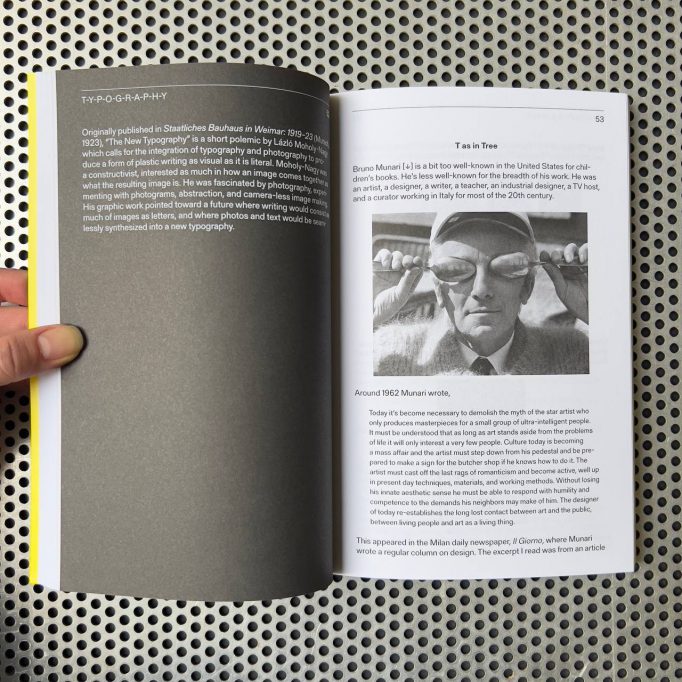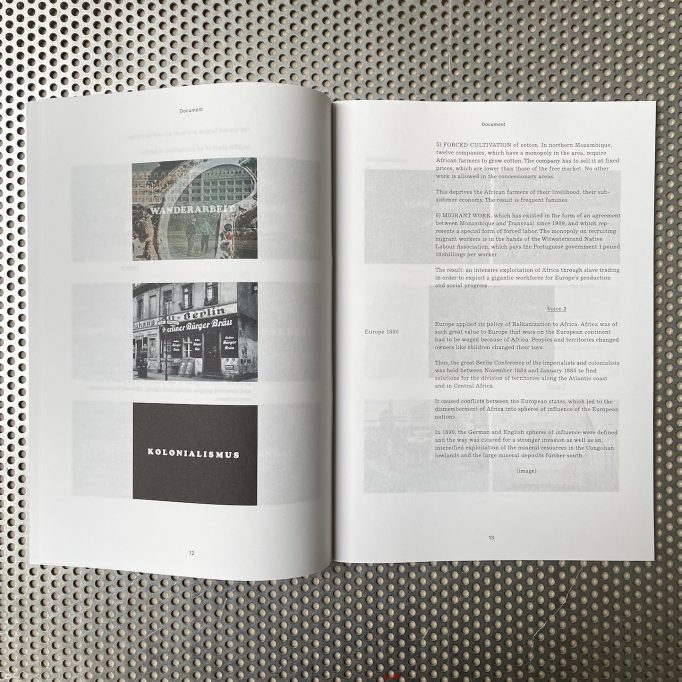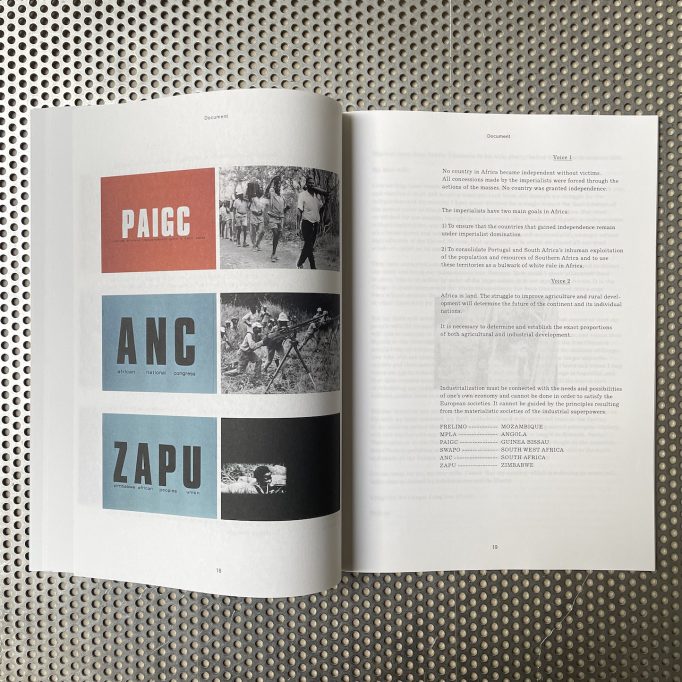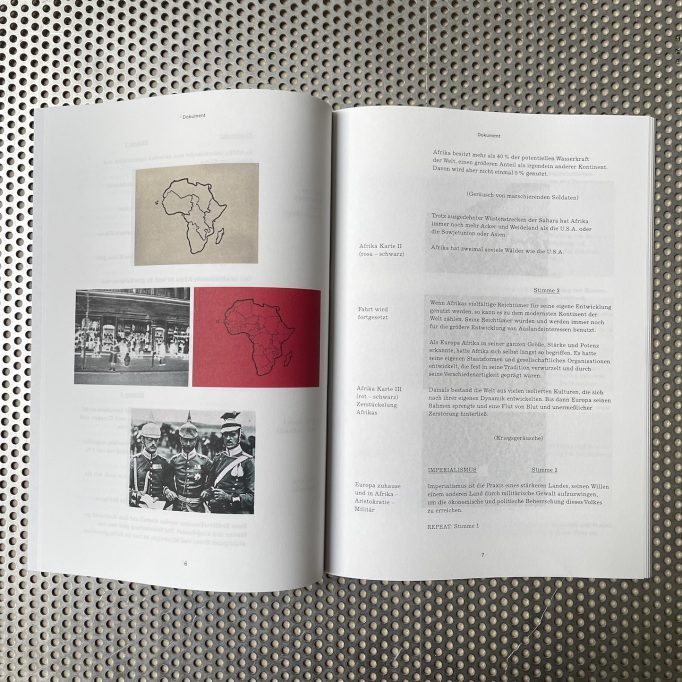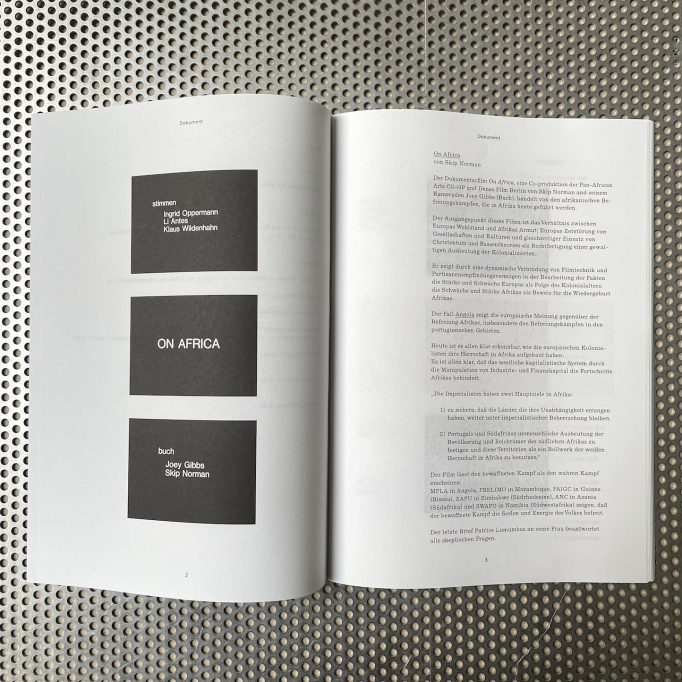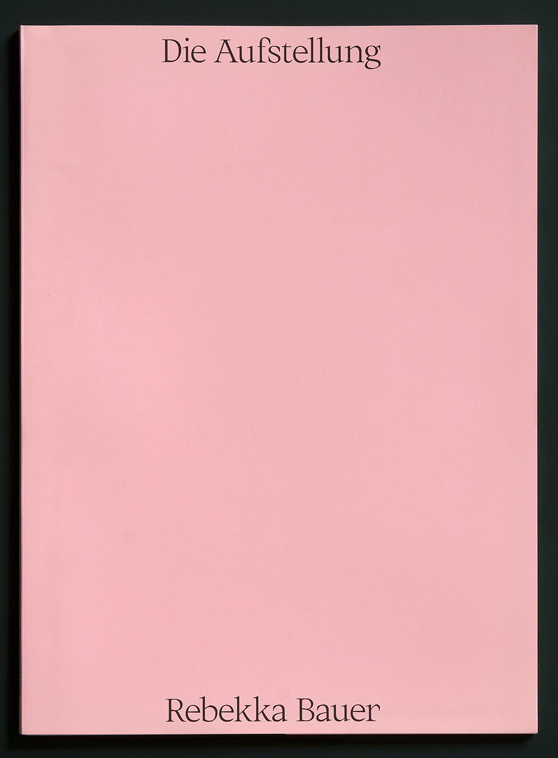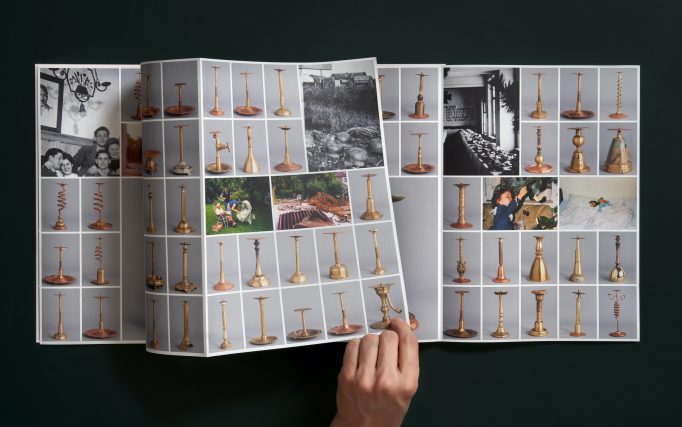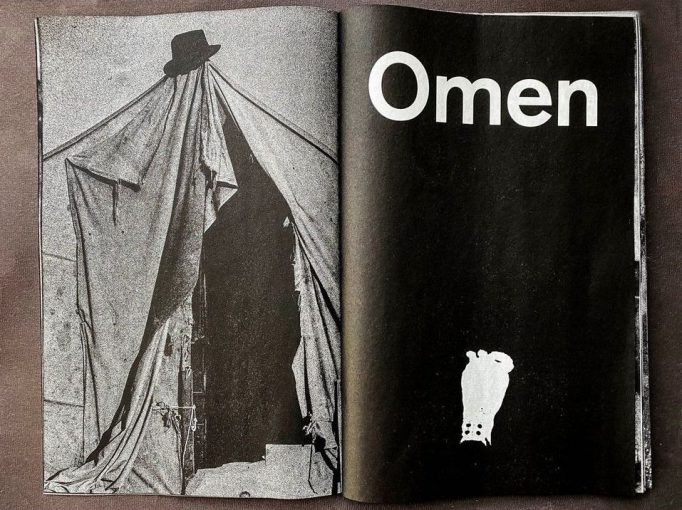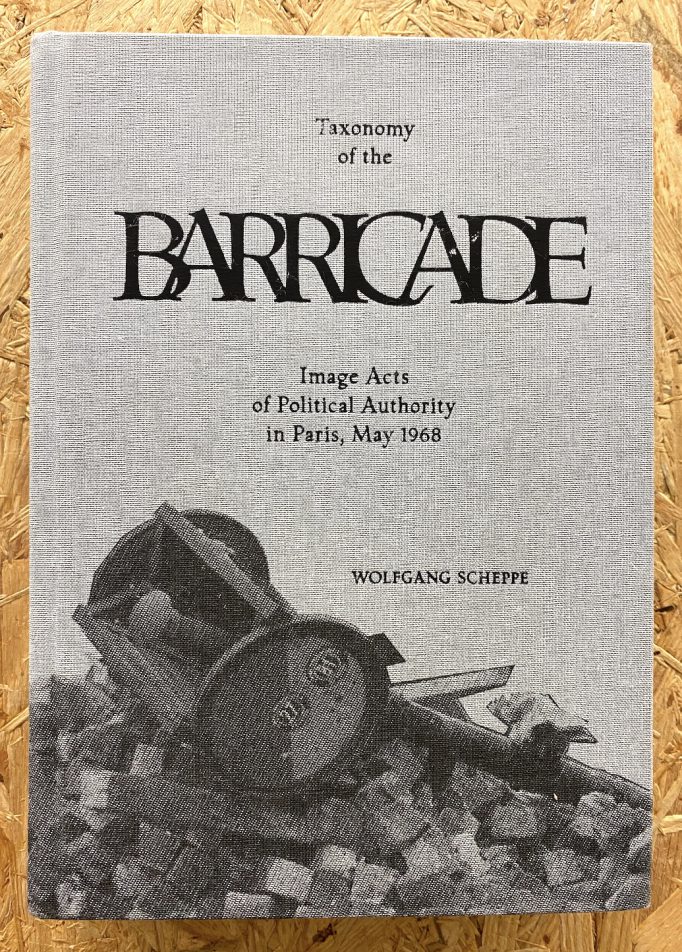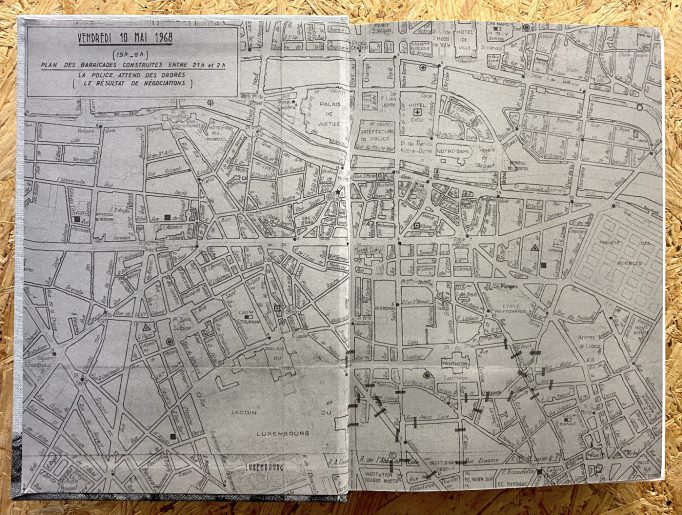Color Inventory, Farbinventur
Posted in Art, history, Monograph, research on November 12th, 2024Tags: archive, Bernhard Cella, Index, object, Salon für Kunstbuch, sculpture



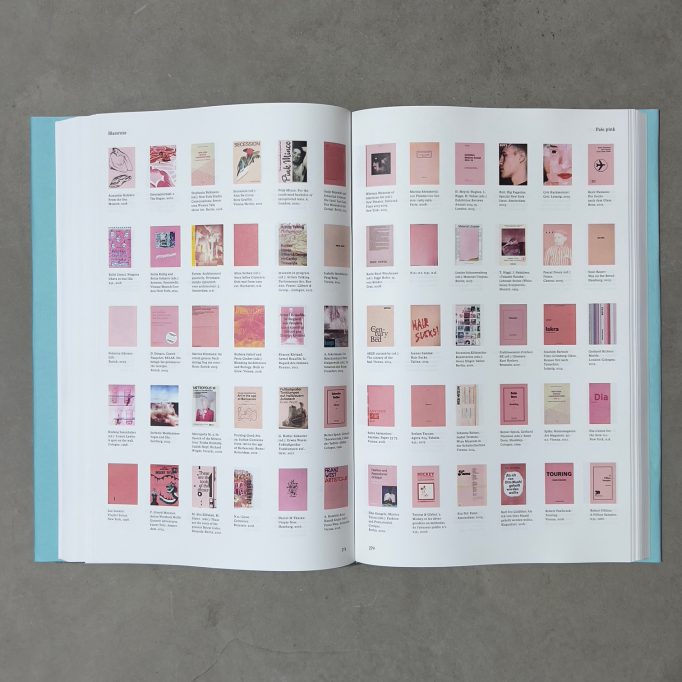






“Books not only describe their own contents but also the eras in which they were created.
Conceived as a color inventory, this publication gathers a selection of titles that I have dealt with, exhibited, and produced since the early 2000s. Many of these books came to me; I did not seek them out, but provided them a home. For me, books are an archive of ideas and their materialization, a mapping of my engagement with the material world.
I appreciate objects that can be held, traded, and hidden. They allow me to contemplate, negotiate, and share art without the need to seek out the fetish of the original.
The collection does not showcase the most beautiful or best books of their time. It consists art books on themes, colors, and production techniques, all of which have piqued my interest in one way or another.
The objects in this book were collected, exhibited, and re-contextualized in various forms within my long-term project Salon für Kunstbuch.
I have read some of them, while others served as models for new works. I have traced them, catalogued them, woven tapestries from their covers, and marked their ownership status.
Books are objects that lead their own unique lives.”
Author: Bernhard Cella
Publisher: Salon Für Kunstbuch
Order here











